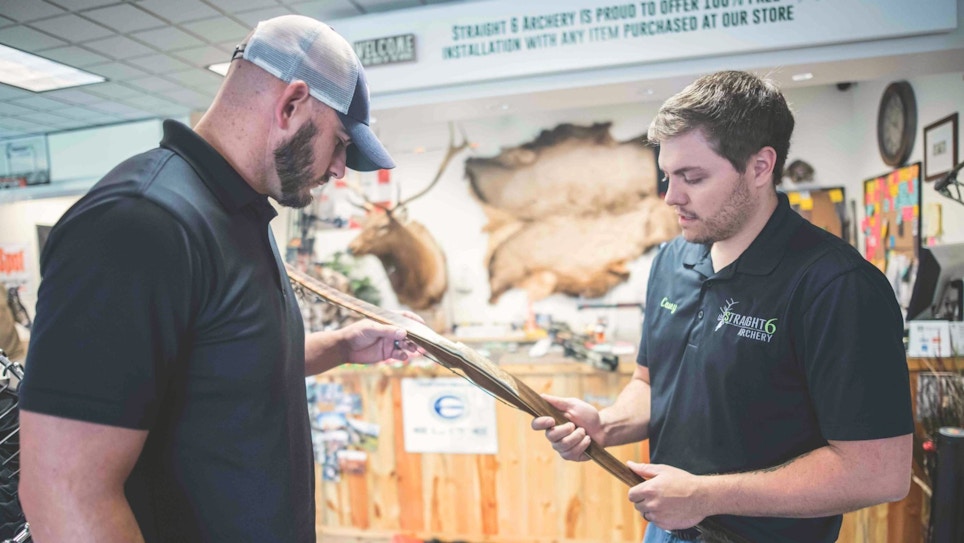If you’ve worked in a public-facing environment for any time, you’ve likely heard the adage, “The customer is always right.” Through high school and during my early adult years, I worked as a counterman/manager in the automotive parts industry. And to this day, every time I hear the saying, it strikes a chord in me. Vividly, I remember one challenging encounter I shared with a customer. It went something like this:
At the parts counter, I initiated the conversation, “Good morning, how may I help you?”
“My husband sent me to get a steering part for his 1975 Dodge pickup,” she replied.
“It’s likely the steering coupler,” I suggested to her as I showed her the steering parts diagram on the computer screen. From her description, I knew this was in fact the part she needed; however, her reply was an emphatic, “No, that’s not it!”
As she assured me of her husband’s pending displeasure if he received the wrong part, we continued to stare at the diagram together. At her suggestion, I reluctantly sold her a different part — albeit, one I was sure was incorrect.
You guessed it: The next day the customer was back, and irate. This time she initiated the conversation, “You sold me the wrong part!”
Of this, I was quite sure. And then, before I could reply, she added, “My husband is furious!” There may have even been a passive-aggressive threat uttered at one point.
Calmly, I replied, “Let’s take a look,” as I once again opened the diagram so we could identify the correct part together. Right away she said, “There it is; that’s it,” pointing at the STEERING COUPLER — to my dismay.
Still under the duress of continued verbal abuse, I exchanged the parts, which included a healthy reimbursement, and sent her on the way with an apologetic, “I’m sorry for the inconvenience. Have a nice day.”
Like any conflict, this one left a bad taste in my mouth. Let’s be realistic though, not every interaction you’ve faced or will face will end up like this one example, nor are the automotive and archery industries congruent. But this example DOES prove an important point: The customer is NOT always right. In fact, following that mentality can end poorly for you in more ways than one. Specifically, this way of thinking devalues your expertise and that of your staff. After all, the most likely reason most customers walk through your door is to take full advantage of that collective expertise.
Navigating these waters — talking about unruly, know-it-all customers — is challenging. However, I’m sure your goal is to create, maintain and curate a culture that includes a high level of customer satisfaction, regardless of customer. Moreover, I’m sure you are already following sound customer service practices, but it never hurts to gather the team to ensure everyone is on the same page.
A few suggestions to consider: Start by making sure every employee knows they come first, their backs are covered, and then ensure they have the training and resources needed to handle challenging customer interactions. Discuss customer experiences honestly and openly to identify best practices for success. Regardless of your position within the team, lead by example and work both diligently and caringly to put the right product(s) and/or service(s) in your customers’ hands. Lastly, remedy, rectify and resolve all issues responsively and respectively. Following a set customer service routine will keep customers who respect your approach and expertise coming through the front door.
As always, if there is a topic you would like to see included or expanded upon within the pages of Archery Business or you simply want to send me a note, please feel free to reach out at any time (darren.choate@grandviewoutdoors.com). Best to you!






